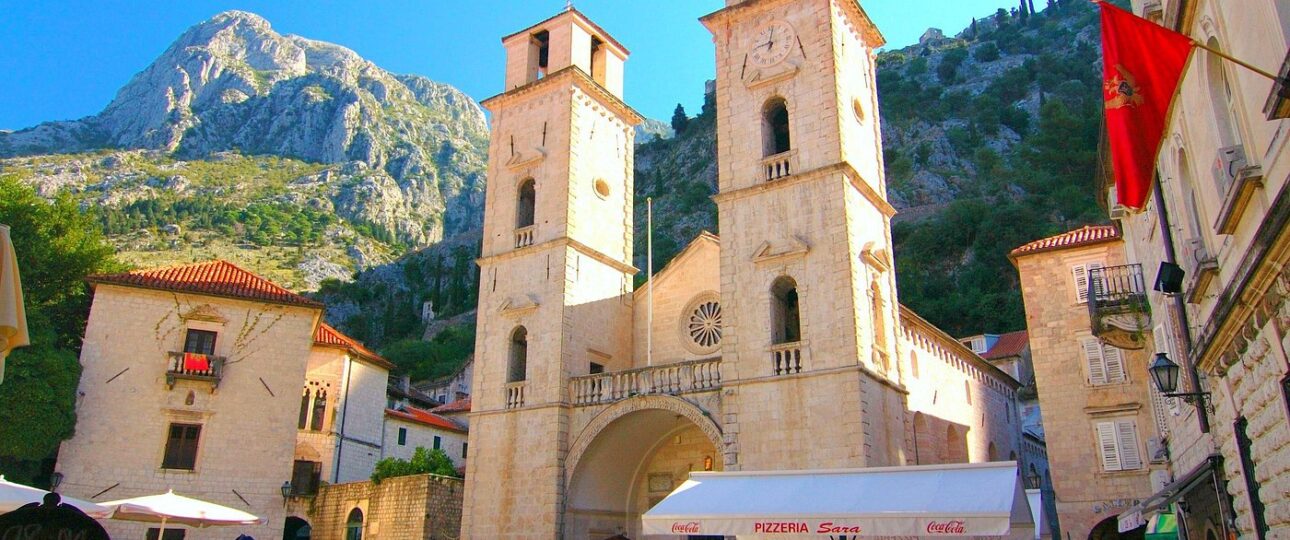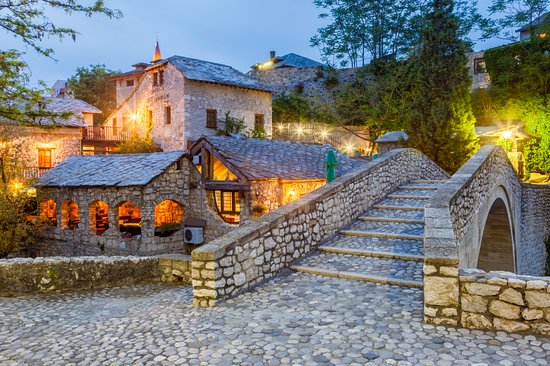Explore Sveti Stefan, Montenegro’s iconic island resort. Discover its history, luxury Aman accommodations, Adriatic beaches, and nearby attractions like Budva and Milocer Park
Exploring Montenegro, Sveti Stefan: A Jewel of the Adriatic Coast


Explore Sveti Stefan, Montenegro’s iconic island resort. Discover its history, luxury Aman accommodations, Adriatic beaches, and nearby attractions like Budva and Milocer Park

Explore Kotor, Montenegro: a UNESCO-listed medieval town in the Bay of Kotor. Discover historic charm, stunning landscapes, and Adriatic wonders.
Discover the top cruise destinations, ships, and companies of 2024. Find out where to sail and why these cruises are making waves this year!

Discover Europe’s hidden summer gems—from serene beaches and alpine escapes to romantic towns and party hotspots—without the usual tourist crowds.

Bosnia and Herzegovina, a hidden gem of the Balkans, is a country brimming with history, culture, and breathtaking natural landscapes. Whether you’re a history enthusiast, an adventure seeker, or someone who loves exploring charming old towns, this country offers a diverse range of attractions. From medieval fortresses and Ottoman-era bridges to stunning waterfalls and picturesque mountains, here are the must-visit destinations in Bosnia and Herzegovina.
Continue reading “Bosnia and Herzegovina’s Tourist Attractions”